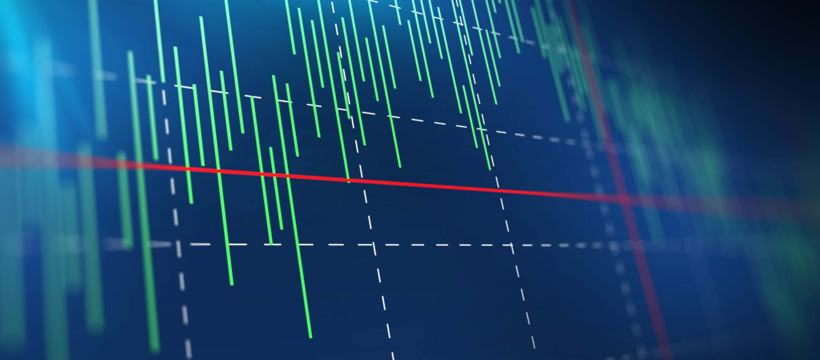Scalping Trading: How to Analyze the Market for Profits
July 25, 2018

Scalping trading is a very difficult approach to adopt. It's for true trading experts, for investors who are particularly technically gifted, able to interpret situations quickly, but also equipped with cold blood and resistance to stress. The fast-paced rhythms that characterize scalping create completely unprecedented difficulties for "normal" traders, i.e., those who open and close positions within a week, but also for the most experienced intraday traders. These difficulties generate significant emotional tensions, given that the stakes, while not being higher than other approaches, are certainly more complicated to conquer, given the limited room for maneuver.
In this context, we will offer advice of an exclusively technical nature, setting aside for once the discussion on the very important psychological sphere. Specifically, we will talk about how to study the market.
Scalping trading: choosing assets
From this point of view, the difficulties thin out, since conventionally the trading world has identified a specific asset class as the basic raw material for efficient scalping.
Specifically, those who do scalping cannot disregard assets that are characterized by the following features:
Liquidity: liquidity is an important factor for traders who practice scalping. Also because a liquid asset is always an asset that inspires a certain level of participation from traders. This stimulates overbought and oversold situations, as well as volatility.
Readability: professional scalpers aim to enter during periods of sudden volatility, that is, when an event, however scheduled, generates decisive price movements. In order for this method to be exploited to its fullest, the asset must be "readable", that is, well-covered from an analytical and media point of view. This happens, obviously, for the most liquid and popular assets.
Participation: professional scalpers take advantage of overbought and oversold conditions. These are, in fact, what cause the largest price deviations, which are conducive to making even trades that are characterized by a very restricted time horizon profitable.
Scalping: what elements to look at
Basically, every scalper has his own technique, approach, and routine. However, there are elements that cannot be ignored, which must always be monitored. Here's what they are.
Closing and opening. Specifically, the closing of the previous session and the opening of the current session. In the event that the opening is higher than the closing, the latter can be considered a valid support level. Conversely, when the opening is lower than the closing, the latter becomes a resistance.
Weekly highs and lows. In the same way, they can be considered as support and resistance. Obviously, they should be considered as second-level supports and resistances. The same can be said for monthly, quarterly, annual, and even historical highs and lows. After all, the scalper often works on breakouts.
Dynamic supports and resistances. Obviously, the support and resistance levels developed through technical analysis and not just chart observation must also be considered. The scalper, in this case, can act in two ways. That is, by following the trend, and therefore going long on resistances, in the hope that it will be broken; or going short on support, for the same identical reason. The alternative is the "contrarian" approach, which involves positioning against the trend. In this case, the trader goes long on supports and short on resistances, hoping in both situations for a certainly more profitable change of direction.
Time values. When to enter the market? All traders ask themselves this question, but for scalpers it is of very significant importance. In fact, some zones record a particularly high level of activity, so they should be avoided by beginner scalpers and exploited instead by experienced ones. These zones are: the opening (at least for half an hour), the periods close to the release of important economic data (which are extremely volatile), the beginning of the American session (which often overturns the evidence of the European session).




